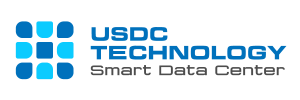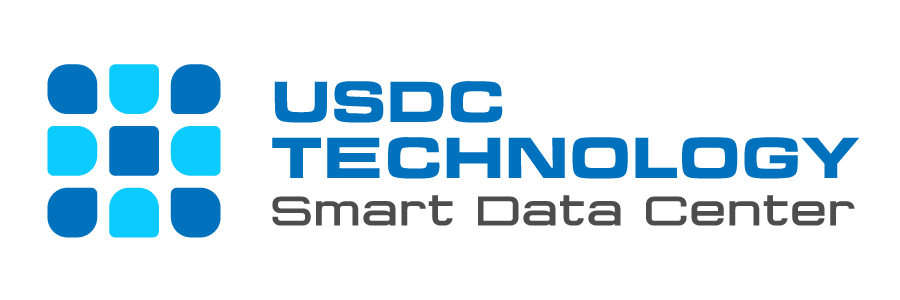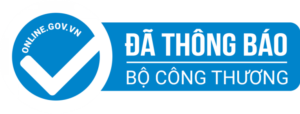Data centers are at the heart of our digital world, providing critical infrastructure for businesses, governments, and consumers alike. However, as demand for data center capacity continues to grow, so does the scrutiny on how these facilities consume vital resources such as energy and water. Water Usage Effectiveness (WUE) has emerged as a key metric for measuring and optimizing water efficiency in data centers. This guide delves into WUE, its importance, challenges, and strategies to improve water efficiency while balancing other sustainability goals.
What Is Water Usage Effectiveness (WUE)?
Water Usage Effectiveness (WUE) is a metric designed to measure how efficiently a data center uses water in relation to its energy consumption. Specifically, it compares the total water consumed—primarily for cooling IT equipment—to the energy consumed by that equipment. WUE is typically expressed in cubic meters of water per megawatt-hour of energy (m³/MWh).
How WUE Is Measured
- WUE = Water Used for Cooling / Energy Consumed by IT Equipment
- A facility with no water usage (air cooling) has a WUE of 0, while one with evaporative cooling may report values up to 2.5 or higher, depending on climate and technology.
WUE was introduced in 2011 by The Green Grid, a nonprofit focused on data center efficiency, and is comparable to metrics like Power Usage Effectiveness (PUE). However, WUE uniquely addresses water consumption—a critical resource, particularly in water-stressed regions.
Why WUE Matters for Data Centers
Promoting Sustainability
Water is a finite resource, and responsible usage is key to minimizing environmental impact. Measuring WUE helps data centers optimize water consumption and align with broader sustainability goals.Reducing Operational Costs
Efficient water usage reduces costs, particularly in areas with high water prices or limited supply.Enhancing Cooling Efficiency
WUE highlights inefficiencies in cooling systems, allowing operators to identify and resolve issues that lead to excessive water consumption.Supporting Community Relations
Transparent WUE reporting demonstrates accountability to local communities and alleviates concerns about overuse of shared water resources.Meeting Regulatory Targets
Many governments are implementing stricter water usage regulations, making WUE tracking essential for compliance.
The Tradeoff Between WUE and PUE
WUE and PUE (Power Usage Effectiveness) often intersect because cooling systems impact both water and energy efficiency:
- Air Cooling uses no water but increases energy consumption, raising PUE.
- Evaporative Cooling reduces energy usage but consumes more water, increasing WUE.
Balancing these metrics is essential, as aggressive targets for one can inadvertently compromise the other. For instance:
- In water-stressed regions, prioritizing low WUE by avoiding evaporative cooling may increase PUE significantly.
- Conversely, in areas with high-carbon-intensity grids, prioritizing low PUE may necessitate water-intensive cooling methods.
Regulators and operators must account for these dynamics to establish practical and sustainable targets.
Challenges in WUE Reporting
While WUE provides valuable insights, it has limitations:
Lack of Differentiation by Water Source
WUE doesn’t distinguish between potable water, greywater, or direct water withdrawals from natural sources. Using reclaimed water is more sustainable but doesn’t reduce WUE values.Exclusion of Embedded Water
WUE calculations often overlook the water embedded in power generation. For example, air cooling may reduce onsite water use but indirectly increase water consumption through additional energy demand.Variations in Reporting Standards
The ISO/IEC 30134-9 standard defines multiple WUE categories. Most operators report using the basic WUE1 method, which measures total water withdrawal but doesn’t account for non-cooling uses or embedded water.Limited Retrofitting Opportunities
Unlike PUE, improving WUE post-construction is challenging because cooling technology choices during design significantly impact long-term water efficiency.
Best Practices for Optimizing WUE
1. Leverage Recycled Water
Use greywater or treated wastewater for cooling instead of potable water to enhance sustainability, even if it doesn’t reduce WUE directly.
2. Optimize Cooling Technologies
Select cooling systems based on local environmental conditions:
- Air Cooling in water-scarce areas.
- Evaporative Cooling where energy efficiency is a higher priority.
3. Implement Water Monitoring Systems
Install submeters to track water usage granularly and identify inefficiencies. Monitoring enables dynamic adjustments, such as reducing water intake during cooler seasons.
4. Reuse Water
Return water to its source or recycle it for non-cooling purposes, such as irrigation, to reduce environmental impact.
5. Raise Operating Temperatures
Slightly increasing data center operating temperatures can reduce cooling demands and water usage without compromising IT equipment safety.
6. Combine WUE with PUE Reporting
Report WUE and PUE together to provide a holistic view of resource efficiency and support balanced decision-making.
Building Sustainable Data Centers
Water Usage Effectiveness (WUE) goes beyond being just a metric—it serves as a cornerstone for driving sustainable data center operations. By comprehending its functionality, addressing its limitations, and implementing best practices, data center operators can advance sustainability efforts, lower costs, and strengthen relationships within their communities.
While WUE provides valuable insights into water efficiency, it offers only part of the picture. Achieving comprehensive sustainability requires a broader perspective that includes water sourcing, the embedded water in energy generation, and the relationship between WUE and Power Usage Effectiveness (PUE). Embracing innovative technologies, utilizing recycled water, and tailoring cooling strategies to local environmental conditions can significantly reduce a data center’s environmental footprint while meeting the ever-increasing demand for digital services.
Sustainability is no longer merely a compliance requirement—it has become a strategic business priority. By monitoring and improving WUE alongside other critical metrics, data centers can uphold their role as responsible resource managers and contributors to the digital economy.
Universal Smart Data Center Technology
For media inquiries or further information, please reach out to us at:
Phone: (+84) 28 73080708
Email: info@usdc.vn


